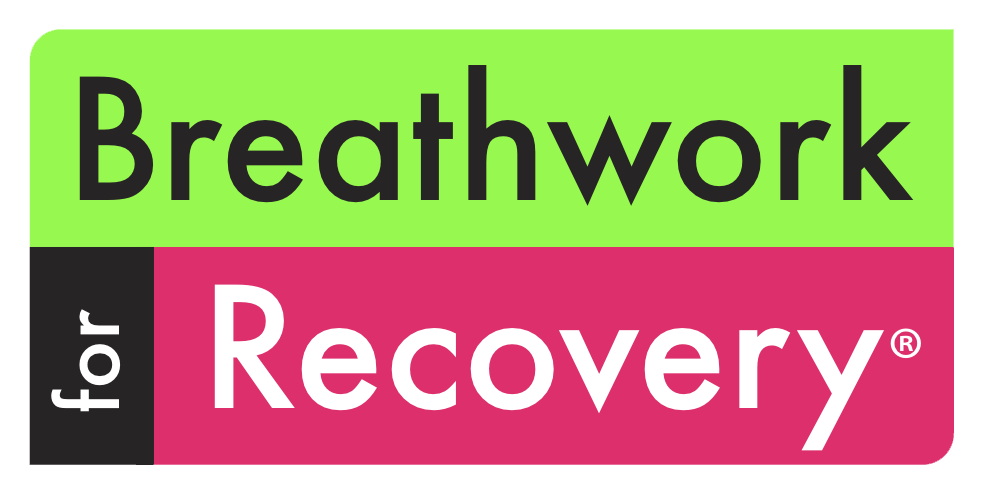Could Breathwork Be Helpful In The Work Place?
If you work in the Human Resources department of your company, or even if you're an employee with an interest in company culture and well being, you might be curious about what types of team building activities may be useful to incorporate as part of a company retreat schedule, and what might be beneficial to boost employee morale - so let's talk about how and why breathwork may be a creative and positive practice to consider in the workplace.
The Benefits of Breathwork For The Workplace
According to the Future Workplace 2021 HR Sentiment Survey, nearly 70% of senior human resources leaders placed employee well being as a top priority. It's clear that the enduring trauma of experiencing the pandemic, plus the massive shift in workplace "culture" from being in office to working from home, has made a lasting impact on both employee and company priorities.
While we could wax on about how absurd it may be that a harrowing global crisis was the catalyst for improving working conditions - or that despite the on-going pandemic, many companies/orgs/gov't offices are forcing their (burnt out, chronically ill...) employees back to being in-office - let's just say for now that it's a positive development that certain companies and organisations now have the foresight to consider that the care and well being of their employees greatly benefits the physical and mental health of everyone involved, and in turn, the success and evolution of the organisation, and its impact.
No one is immune to stress, not least of all working class folks who continue to endure the reality of living through a world in multi-crisis - the skyrocketing cost of living, climate and ecological crisis, political turmoil, increased intolerance and state sanctioned violence...the list goes on.
Bringing breathwork into the workplace can offer employees an effective, accessible modality for navigating both the internal and external stressors that can accumulate while living under systems of oppression.
Stress Reduction
Intentional breathing practices help to improve the condition of the nervous system to respond to stress in an effective way, so that our body can learn/re-learn to engage the parasympathetic(relaxation) response, and reduce the release and impact of hormones including cortisol and adrenaline (which are very useful and necessary, but can begin to cause physical and mental health problems when they are constantly being activated in the body)
Improvement of Physical Health
When we are able to regulate our nervous system responses, we can affect the functioning of our organs: lowering heart rate, improving blood pressure and increasing oxygen to lungs. Concurrently, the act of intentional breathing is a physical workout for your diaphragm and lungs, improving their ability to do what they were meant to do.
Improved Emotional and Mental Health and Connectedness
When we can manage our stress levels, and how we respond to stressors, we can access a more stable, balanced and harmonious state of mental and emotional awareness and health. This in turn can make it easier and more enjoyable to connect with colleagues and community, in addition to building a healthy relationship to yourself. However, this doesn't mean that we're aiming for "perfection" - because there's no such thing, y'all. We're aiming to do the best we can with what we have, in the conditions we're in.
Improved Creativity and Problem Solving Skills
Breathing techniques encourage access to states of flow and creative energy by engaging the parasympathetic branch of our autonomic nervous system.
The parasympathetic nervous system is responsible for our "rest and digest" response, governing relaxation, focus, peace and calm. Breathing techniques can facilitate flow states both in practice, and following practice by toning the vagus nerve - the nerve that governs the parasympathetic nervous system - making it easier to regularly access a creative state of being.
Breathwork may help to break a team or individual out of a creative rut or stagnant period, and/or may provide an opportunity for employees to shift their perspectives and develop creative solutions to critical problems.
Ideas On How To Incorporate Breathwork Into The Workplace
The first step is to find a skilled, competent breathwork facilitator! You can check out our blog here for ideas of who to connect to and what to mindful of.
If you're planning a company retreat, you could hire a breathwork facilitator to hold space for your employees. You may wish to consider what the intent is for the session, and to ensure that folks consent to, and understand what they are signing up for. It may be a wise idea to connect with employees and gauge their interest, possible intentions, as well as a detailed information package on the practice of breathwork and who the facilitator is.
Within a retreat setting, it is likely best to offer the breathwork session with a lot of spaciousness after ward, for folks to integrate and share their experiences, and to rest as they see fit.
The same ideas apply if you're considered bringing breathwork into the work place in a more regular way, say by offering a weekly or monthly session for folks who are interested. You'll need access to an undisturbed space within your office, or somewhere that is easily accessible to your employees while they're at work.
You may also consider offering shorter sessions with a facilitator on a variety of breathwork practices that could be useful for employees, including diaphragmatic breathing, alternate nostril breathing (traditionally and culturally referred to as nadi sodana) and so on.
Remember, these sessions can happen in-person if you're back in the office and/or online for people working remotely. We encourage online sessions as it accessibility for folks who cannot show up in person for a variety of health reasons. We hope that all organisations and companies understand the importance of community healthcare, and take seriously the well-being and value of their employees.






